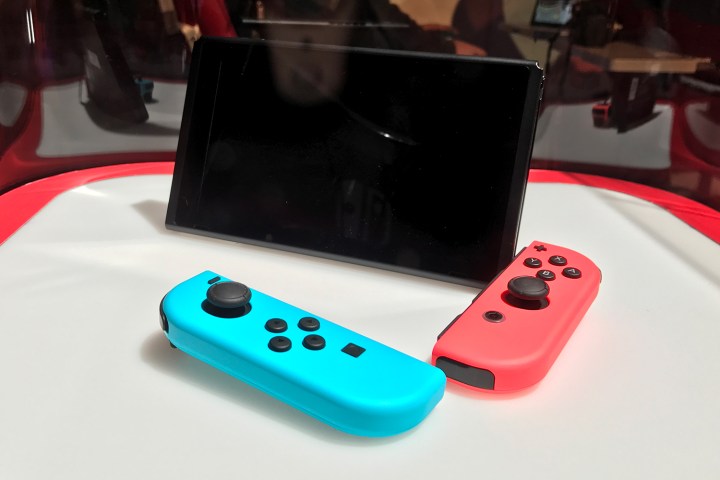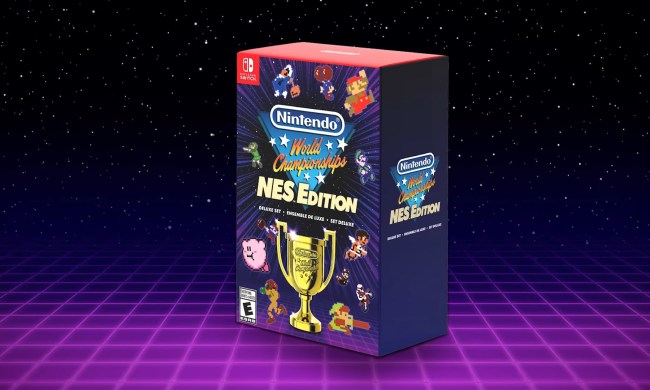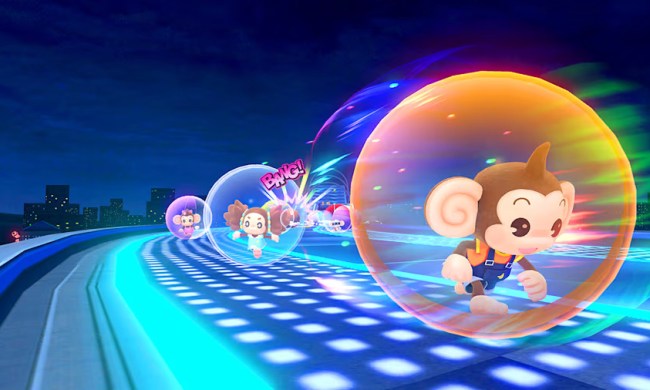
One of the unique features in Nintendo’s upcoming Switch console is the inclusion of what it calls ‘HD rumble.’ Acting more like an advanced form of haptic feedback, it allows for much finer motor responses within the Joy-Con controllers than does the traditional rumble pack found in other console gamepads.
It’s used extensively in Nintendo’s 1-2 Switch games, for everything from simulating the feeling of balls rolling around inside the controller, to finding the unique combination to a safe.
But it won’t be used in Legend of Zelda: Breath of the Wild.
This came to light during an interview with Zelda series producer Eiji Aonuma, who said in a chat with French publication, GameBlog (via NintendoLife), that Nintendo wanted to have the same experience on both the Switch and Wii U.
“The problem is that the purpose of the Switch version was to provide exactly the same experience as on Wii U, and vice versa,” he said. “If we had started to adapt the game to the Switch’s features, it would not have been the same game.”
While this does make sense, it’s also possible that the feature wasn’t developed because Breath of the Wild was initially designed to be a Wii U title. While we don’t know exactly when Nintendo made the decision to port it over to Switch and make it a launch title, it may have been that having seen several delays before, Nintendo didn’t want to add more features which could have further pushed back the game’s release.
It’s also possible that Nintendo doesn’t want to produce only novelty uses for its HD rumble system. One of the long-running issues with the Wii U was that its second-screen feature was barely utilized, and when it was, it tended to add little to gameplay.
For more on the Nintendo Switch and why not all of us are sold on it, check out our expanded coverage.



